For the perfect finish, a sloped edge can be added to a workpiece by way of chamfering. With an inclination of 45 degrees, this process can also be done at any desired angle. If preferred, it can be done manually with a file or chisel, although many opt for a machine chamfer tool for superior performance.
With the plethora of machine chamfer tools to choose from, it is essential to make the best selection for the task at hand. When deciding on a tool, the key aspect to consider is the material of the project. The required cutting angle and type of tool can depend on the material in use.
In order to chamfer aluminum workpieces, an appropriate tool with a cutting angle of 30 degrees should be utilized. Meanwhile, for steel workpieces, 45-degree cutting angle tools provide the optimal results.
For ideal chamfering results, the size of the product is an essential concern. Projects that are too small in size can be easily handled using a basic manually-operated chamfer tool; however, items with greater proportions will be best handled using a sophisticated mechanized chamfering device.
If you’re looking for an effective way to create a chamfer, consider the depth of the cut. A handheld tool can do the trick with shallower cuts, however for any deeper projects, you’ll need to go with the machine chamfer tool.
In conclusion, the kind of end result is a factor that must be taken into consideration. With the aid of a handheld instrument, it is conceivable to produce a refined finish. Nevertheless, if a more pronounced result is desired, an electric-powered chamfer tool will be necessary.
Before deciding on a machine chamfer tool, it is essential to assess the material of the workpiece as well as other significant details such as the size, the depth of the chamfer, and the finish. All of these factors are integral to picking the correct tool.
Related Product
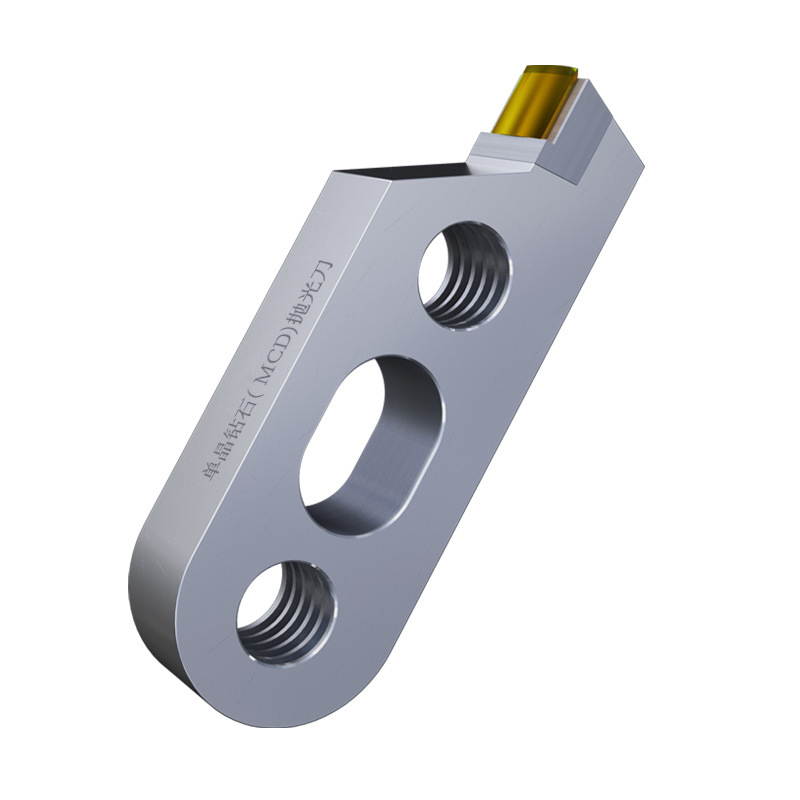
Single Crystal Diamond Polishing Cutter
Origin Tianjing, China Shank Diameter 6 (mm) Brand MSK Blade Change Method The Diamond Is Welded To The Cutter Body As A Whole Material Single Crystal Diamond (MCD) Scope Of […]
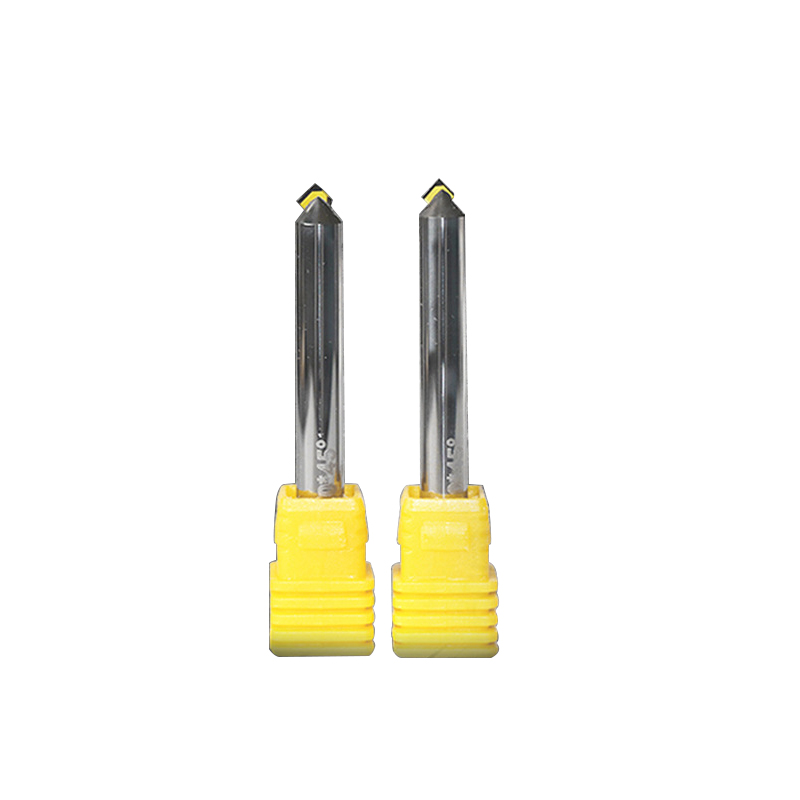
MCD Polishing Cutter for Gold Silver
Product Information Origin Tianjing, China Whether To Coat Uncoated Brand MSK Unit Weight 0.3kg Tool material Tungsten steel bar imported from Germany Product Size Shank Dia […]
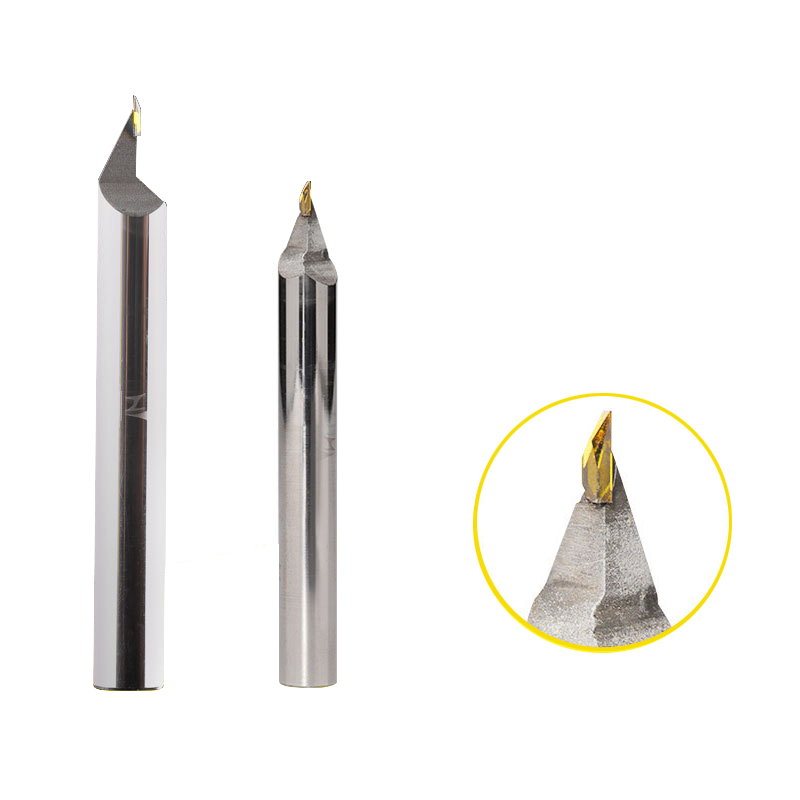
CVD/PVD/MCD Gold Jewelry Diamond Engraving Cutter
Parameter Product Name Single Crystal Diamond Carving Cutter Rotating Speed 10000-30000r/min Tool Nose Width 0.1-6.0mm Feed 1500-5000mm/min Blade Material Single Crystal Dia […]
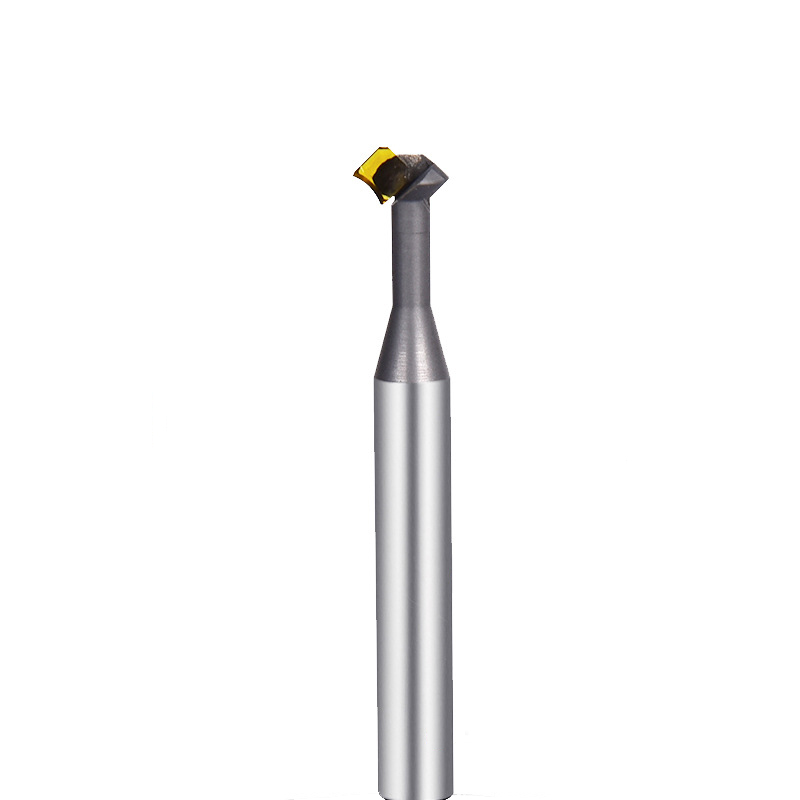
MCD Turning Tool Mirrow Finish R Cutter
Product Information Product Name Single Crystal Diamond Lower Chamfering Inner R Cutter Brand MSK Handle Material Tungsten Steel Blade Material Customized Pcd, Single Crysta […]
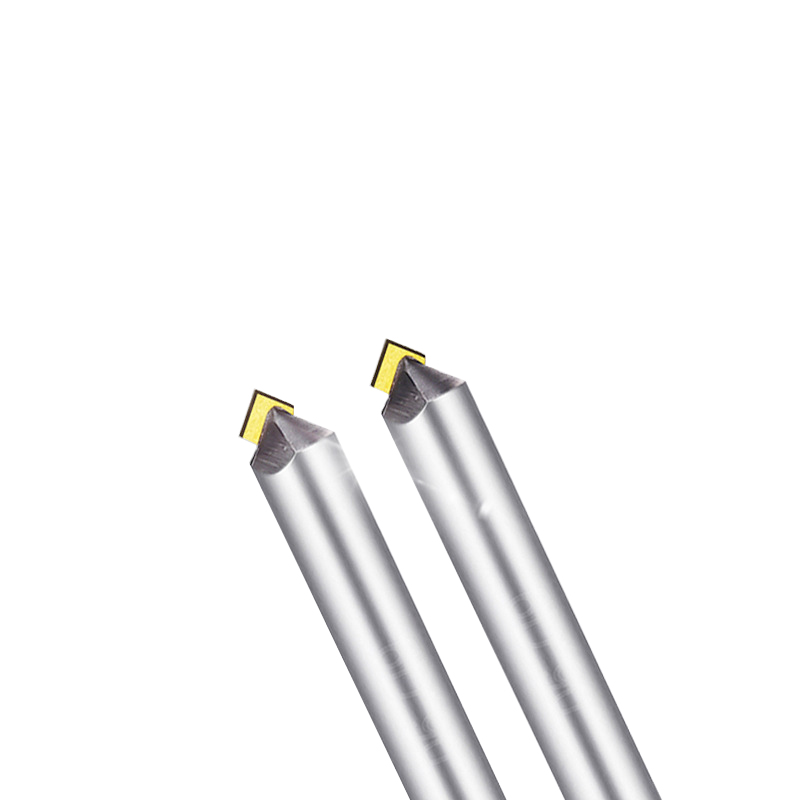
Lathe Bits MCD High Gloss Chamfer Tool
Product Information Origin Tianjing, China Cutting Edge Form Straight Edge Brand MSK Material Single Crystal Diamond Chamfer Angle 30°-180° Type Angle Milling Cutter Minimum […]
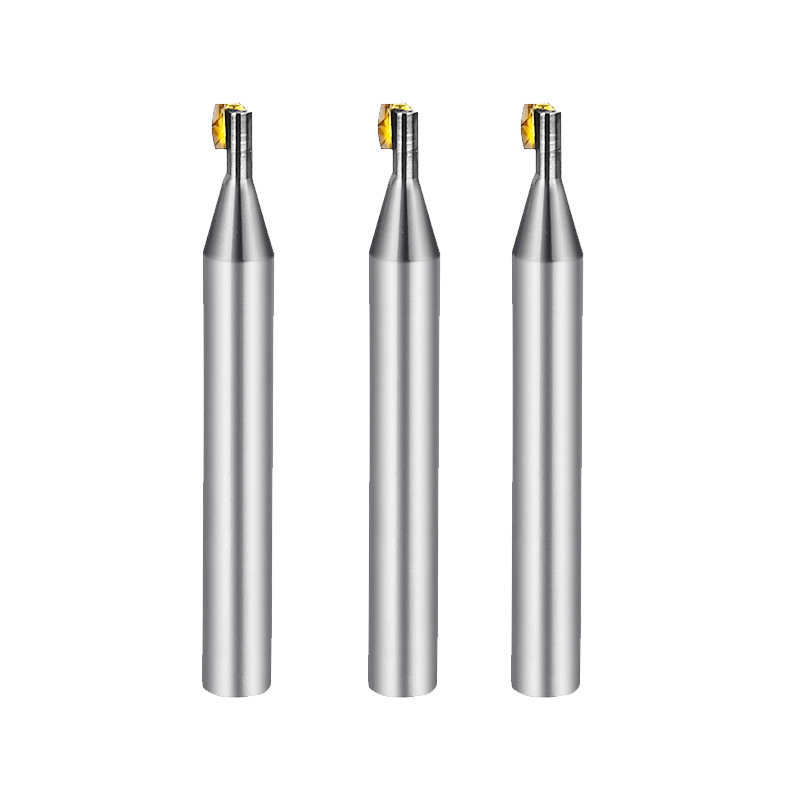
Diamond Turning Tools Outer Jewelry R Cutter
Product Information Origin Tianjing, China Material Tungsten Steel Brand Msk Type Half Round Key Milling Cutter Product Name Single Crystal Diamond Side Edge Arc Milling Cut […]
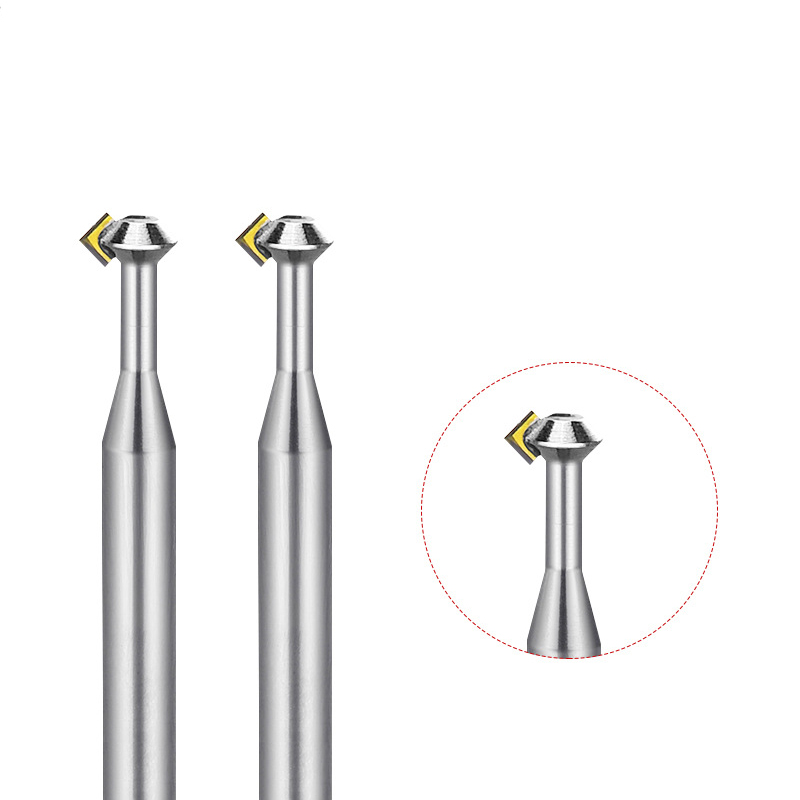
MCD High Gloss Chamfer Cutter For Gold
Product Information Origin Tianjing, China Type Flat Milling Cutter Brand Msk Whether To Coat Uncoated Series Cutter Milling Cutter Processing Range Clocks And Watches, Copp […]
Post time: 2023-06-11




